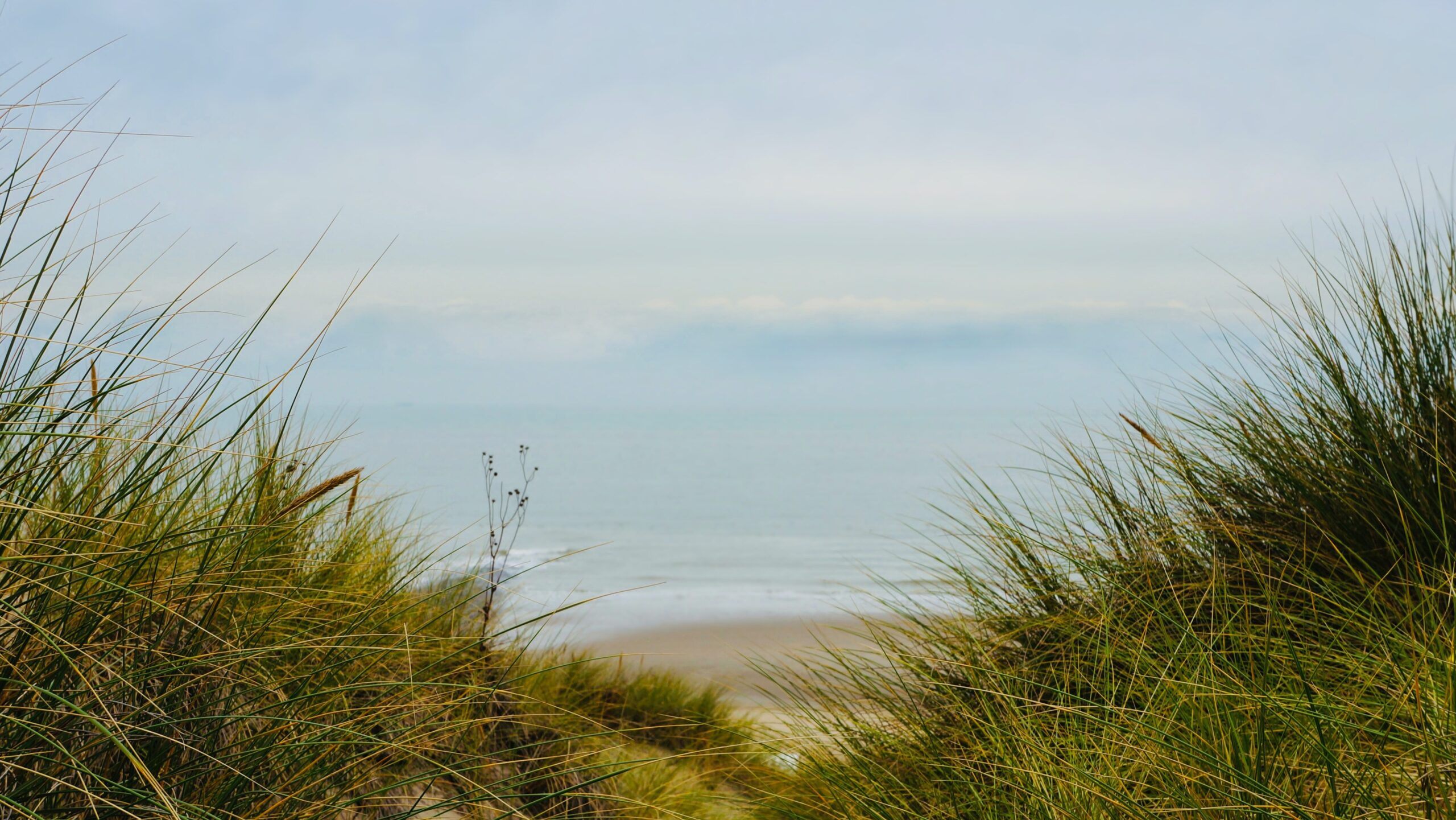
This article was originally published on Yale Climate Connections
“A new study in Nature Sustainability incorporates the damages that climate change does to healthy ecosystems into standard climate-economics models. The key finding in the study by Bernardo Bastien-Olvera and Frances Moore from the University of California at Davis: The models have been underestimating the cost of climate damages to society by a factor of more than five.
Their study concludes that the most cost-effective emissions pathway results in just 1.5 degrees Celsius (2.7 degrees Fahrenheit) additional global warming by 2100, consistent with the “aspirational” objective of the 2015 Paris Climate Agreement.
Models that combine climate science and economics, called “integrated assessment models” (IAMs), are critical tools in developing and implementing climate policies and regulations…
IAMs often have long been criticized by those convinced they underestimate the costs of climate damages, in some cases to a degree that climate scientists consider absurd.
Perhaps the most prominent IAM is the Dynamic Integrated Climate-Economy (DICE) model, for which its creator, William Nordhaus, was awarded the 2018 Nobel Prize in Economic Sciences…
In their Nature Sustainability study, the UC Davis researchers find that when natural capital is incorporated into the models, the emissions pathway that yields the best outcome for the global economy is more consistent with the dangerous risks posed by continued global warming described in the published climate science literature.
Natural capital includes elements of nature that produce value to people either directly or indirectly. “DICE models economic production as a function of generic capital and labor,” Moore explained via email. “If instead you think natural capital plays some distinct role in economic production, and that climate change will disproportionately affect natural capital, then the economic implications are much larger than if you just roll everything together and allow damage to affect output.”
Bastien-Olvera offered an analogy to explain the incorporation of natural capital into the models: “The standard approach looks at how climate change is damaging ‘the fruit of the tree’ (market goods); we are looking at how climate change is damaging the ‘tree’ itself (natural capital).””












